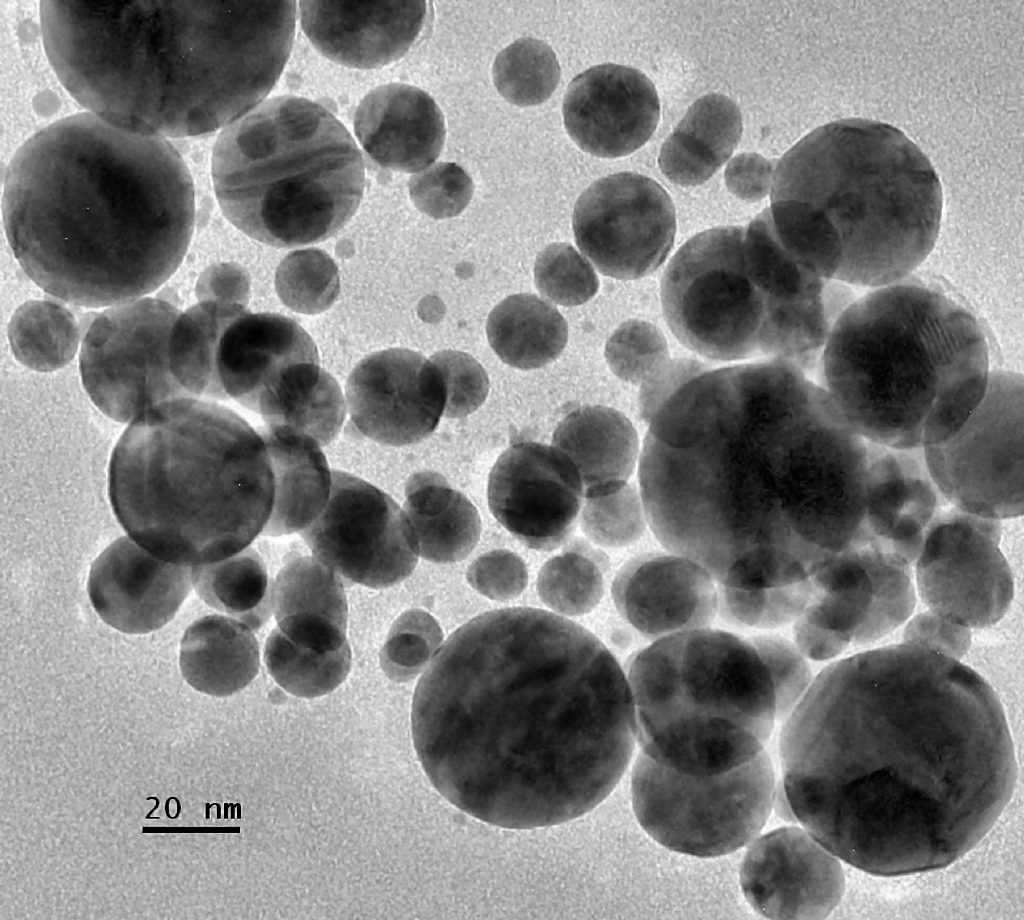Xu-dong Wang
Analytical Chemistry
Introduction
When environment parameters on the micro- and nanoscale need to be measured, optical methods can be applied in-situ and without interfering with the system under study. For addressing specific properties fluorescent nanoparticles are attractive for uses in environment and bio-sensing.
Specifically, looking at fluorescent bio- and nanosensors the signal acquisition can utilize the quenching of the fluorescent signal (or change in its intensity), a shift in the wavelength of the fluorescent emission or changes in the fluorescent decay lifetime. The nanosensors have to be the right size and have chemical and physical properties to work in their targeted environment.

Researchers around Xu-dong Wang from Fudan University in China just published a paper where they describe measurements of oxygen in cells using fluorescent, functionalized nanoparticles and a fast system for fluorescent (or phsophorecent) lifetime imaging (FLIM or PLIM). Oxygen obviously plays a fundamental role in the cells metabolism and precise measurements give new insights into the workings of cells that can be used in biology and medical applications.
The experiments relied on nanoparticles with changing fluorescent decay times in the presence of oxygen. The FLIM setup is realized using a pulsed laser, microscope and a PI-MAX4-1024i camera. This setup allows for rapid measurements of fluorescent decay times using a rapid lifetime determination (RLD) algorithm utilizing a measurement scheme of overlapping gates. More details on the RLD algorithm are described in a PI app note (Novel Time-Resolved FLIM Measurements Method).
The researchers found that this method is orders of magnitudes faster and has similar accuracy than using methods relying on time correlated single photon counting (TCSPC) that need to scan an image point by point. The analysis for the RLD algorithm for single exponential decays has actually been implemented for this group by our TPI China team directly in LightField using the LightField formulas.

